When you see the Japanese kanji 心 (kokoro), you might think of the words “heart” or “mind.”
While that’s a good start, the true meaning of kokoro is far more profound and expansive, offering a deep insight into the heart of Japanese culture itself.
Kokoro is not just an organ or the intellect; it represents the entirety of the inner self.
It’s the place where emotions, thoughts, spirit, and the very essence of being human converge.
In this comprehensive guide, we’ll explore the ancient origin of the kanji 心, its dual nature in Japanese culture, its crucial role in daily life and art, and how it fundamentally differs from the Western concepts of “heart” and “mind.”
By the end, you’ll understand the true richness of kokoro and gain a deeper appreciation for the Japanese worldview.
The Origin of the Kanji 心: A Picture of a Heart
The story of kokoro begins with its shape.
The kanji 心 is a pictograph, born from ancient Chinese oracle bone and seal scripts.
Its earliest forms were literal drawings of an anatomical human heart, complete with chambers and vessels.
This origin reveals a crucial point: from the very beginning, 心 was seen as the center of life, vitality, and emotion.
Over centuries, this detailed drawing was stylized into the simple, three-stroke character we know today, but its core meaning as the source of life remains unchanged.
The Duality of Kokoro in Japanese Culture
In Japanese thought, kokoro holds two complementary meanings that together define the human experience.
It is both the source of our deepest feelings and the foundation of our inner strength.
1. Kokoro as the Seat of Emotion
First and foremost, kokoro represents the full spectrum of human feelings: love, joy, sorrow, and compassion.
From the ancient poetry of the Man’yōshū to modern novels and music, kokoro is the word used to convey the subtle nuances of our emotional landscape.
It is the feeling, intuitive self that connects with the world on a profound level.
2. Kokoro as Spirit and Will
At the same time, kokoro signifies the spirit, will, and moral center.
In texts on Bushido (the way of the samurai), like the Hagakure, a disciplined kokoro is described as the source of steadfastness and moral fortitude.
In Zen Buddhism, kokoro refers to the pure, calm mind that transcends the ego.
This is the part of us that strives, endures, and seeks a higher purpose.
This duality of “rich emotion” and “spiritual strength” is what makes kokoro such a unique and powerful concept.
Kokoro in Everyday Japanese Expressions
The richness of kokoro is woven into countless daily expressions in Japan.
- 心配 (Shinpai): To distribute one’s heart; meaning worry or concern.
- 真心 (Magokoro): A true heart; meaning sincerity or devotion.
- 心地 (Kokochi): The ground where the heart rests; meaning a feeling or sensation.
- 心強い (Kokorozuyoi): The heart feels strong; meaning reassuring or encouraging.
- 心残り (Kokoronokori): Something left behind in the heart; meaning a lingering regret.
Each phrase illustrates that kokoro is the center of human experience, where thought and feeling meet.
The Soul of Japanese Aesthetics: How Kokoro Shapes Art
Japanese art and aesthetics are inseparable from the concept of kokoro.
- Natsume Sōseki’s Novel, Kokoro As one of Japan’s most famous literary works, this novel masterfully explores the complexities of the human kokoro, delving into themes of loneliness, guilt, and the inner conflicts of its characters.
- Waka and Haiku Poetry Poets like Matsuo Bashō used their art to capture the kokoro of a moment. This is embodied in the aesthetic ideal of mono no aware—a gentle, empathetic sadness for the transience of things, like the fleeting beauty of cherry blossoms. This appreciation is felt purely with the kokoro, beyond logic.
- Shodō (Calligraphy) In calligraphy, writing the kanji 心 is considered a reflection of the artist’s own spirit. Balanced, calm strokes are said to reveal a tranquil kokoro, while unsteady lines can betray inner turmoil.
Kokoro vs. Heart & Mind: The Key Difference from the West
Western thought, influenced by mind-body dualism, often separates the “heart” (the seat of emotion) from the “mind” (the seat of reason).
In contrast, kokoro embraces both. It represents a holistic core where passion and wisdom, emotion and thought, are unified. It is not one aspect of a person but the center of their entire being.
Furthermore, kokoro is deeply connected to the physical body. Expressions like “hara ga tatsu” (the belly stands up; to get angry) or “mune ga itamu” (the chest hurts; to feel grief) show that feelings are experienced physically throughout the body, not just in an abstract mind.
The Role of Kokoro in Human Relationships
Kokoro is also the foundation of social harmony in Japan.
The concept of omoiyari (thoughtfulness) is central to Japanese communication. It is the ability to understand another person’s kokoro—their feelings, needs, and thoughts—without them needing to be explicitly stated. This deep sensitivity to the kokoro of others is a cornerstone of building strong relationships.
Conclusion: What “Kokoro” Teaches Us
To understand kokoro is to recognize the unity of feeling and thought, passion and reason.
It teaches us that our inner world is not divided. Kokoro is not just the heart or the mind; it is the essence of being human, where our emotional depth, spiritual strength, physical body, and connections to others all come together.
Embracing this concept can offer a more holistic way of understanding ourselves and others.
So, what does kokoro mean to you?
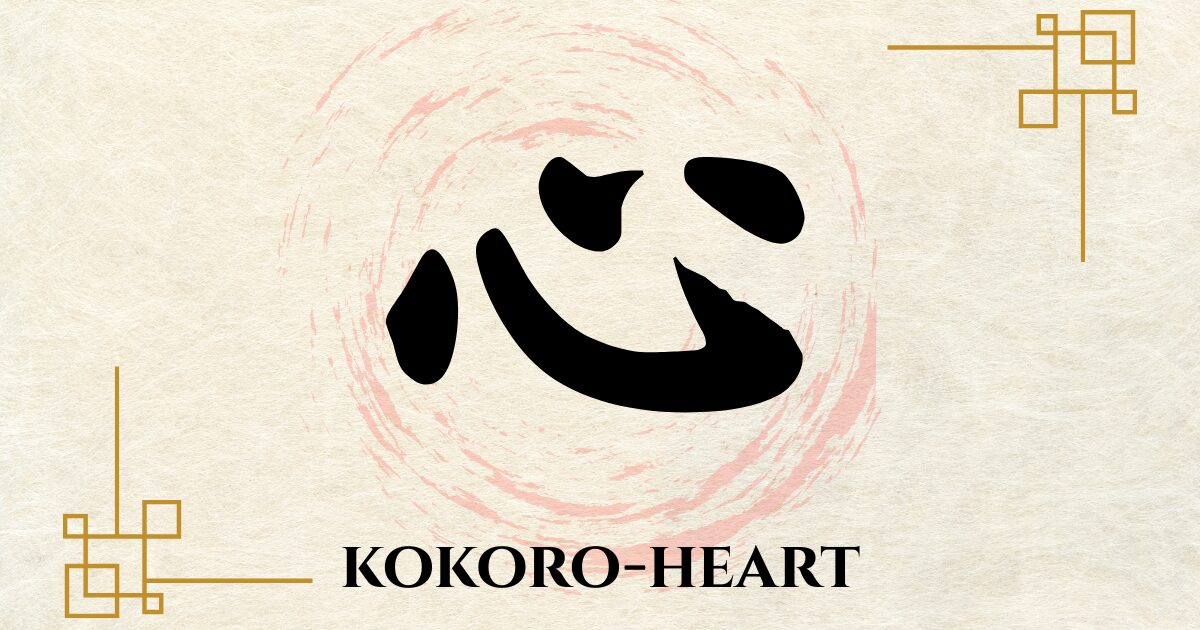
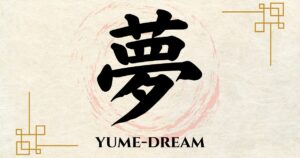
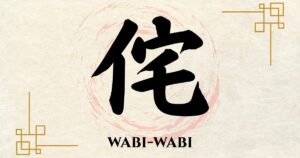
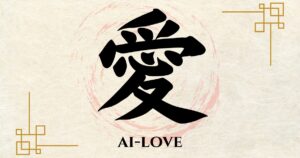
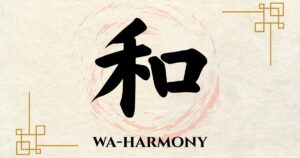
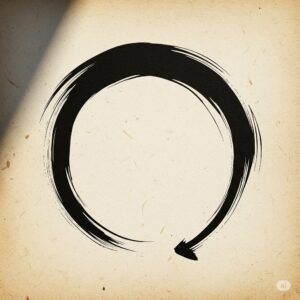
コメント